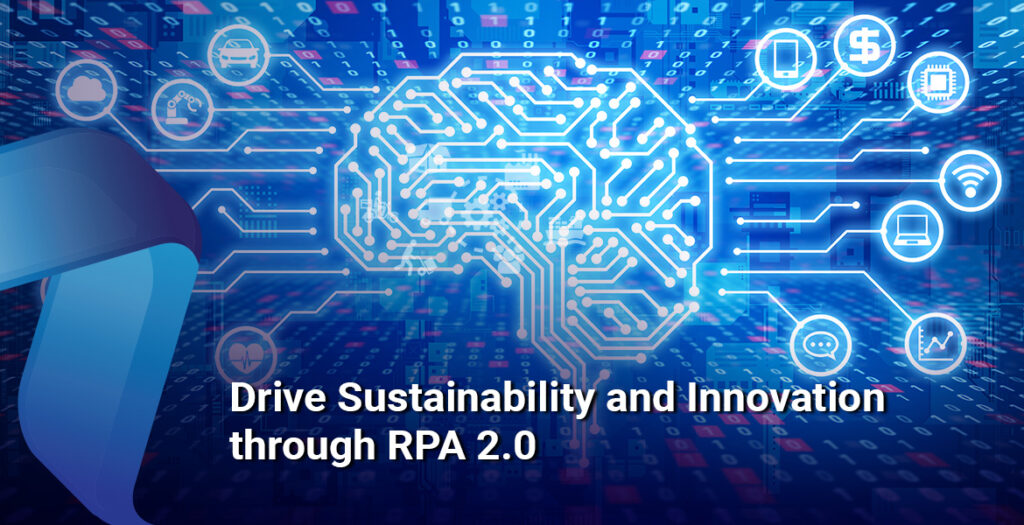Robotic Process Automation (RPA) has become a beacon of light for firms looking to increase efficiency and productivity while lowering costs. The technology leverages innovative software to manage monotonous, repetitive, high-volume, and order-based jobs, reallocating human resources to take on more qualitative, value-oriented responsibilities.
Forrester forecasts that RPA is set to become one of the fast-growing areas in enterprise software, reaching USD 12 billion by 2023. The reason is simple: Beyond the conventional obligation of delivering efficiency, RPA can influence inclusivity, and sustainability bringing convenience for enterprises and the environment going beyond the sole motive of profit. Organizations must rapidly identify the qualities of RPA to achieve long-term sustainability of digital automation.
Understanding Sustainability
According to Nielsen research, 73 percent of worldwide millennial consumers are willing to pay more for environmental-friendly products. Sustainability is a development that satisfies current needs without jeopardizing future generations’ ability to meet their own. The new organizational goal across industries remains to impact society by offering eco-friendly initiatives positively. RPA can help achieve these green goals.
RPA and Sustainable Practices
As you get started, there are many things to consider. For starters, energy usage, supply chain efficiencies, error and rework rates, the impact on personnel and corporate culture, and many other factors.
In its most basic state, here’s what you can expect from RPA:
- Increase the efficiency and accuracy of existing current processes
- Automate to minimize redundancies and eliminate waste
- Redeploy human resources to tasks that add more value
- Make Sustainability a part of your pre-automation analysis
Make Sustainability a Part of your Pre-automation Analysis
Start by scrutinizing critical organizational processes and integrating them into overall corporate sustainability goals. These objectives can include automatic energy-saving operations (lighting, heating, and cooling), reduction in the utilization of paper, optimization of supply chain processes, curtailing shipping needs, and allowing employees to work from home (as and when possible) to decrease commuting-related carbon emissions. RPA can assist in all of these areas, and many more.
How much:
- paper were you able to save by going digital?
- energy did you manage to save by eradicating the necessity for warehouses via automating and rationalizing your inventory management process?
- employee efforts and time were saved by automating monotonous work?
- waste elimination in the organization was achieved because of automation?
RPA generates quantifiable output that helps you improve the environmental impact. What is of more significance is, to achieve overall sustainability, you’d have to redesign your processes and eliminate waste in the first place. Simply installing RPA provides the ideal opportunity to do so at all levels of the business as a natural part of the automation process.
Reap Long-term Benefits
RPA, when used smartly, helps build sustainable enterprises that produce outcomes for long-term business and ecosystem benefits. However, enterprises must implement RPA strategically and carefully manage resources in both development and ongoing operations for sustained benefits. Developing solid business justifications, simplifying processes using RPA as part of a broader process improvement, and integrating it into the organization’s overall IT approach widens the positive impact.
RPA, at its core, is the ideal companion technology for an organization expediting business sustainability with a question on the existing approach propelling thought about identifying better and more environmentally friendly options.
Explore endless RPA possibilities for your business with MOURI Tech expertise and guidance.













